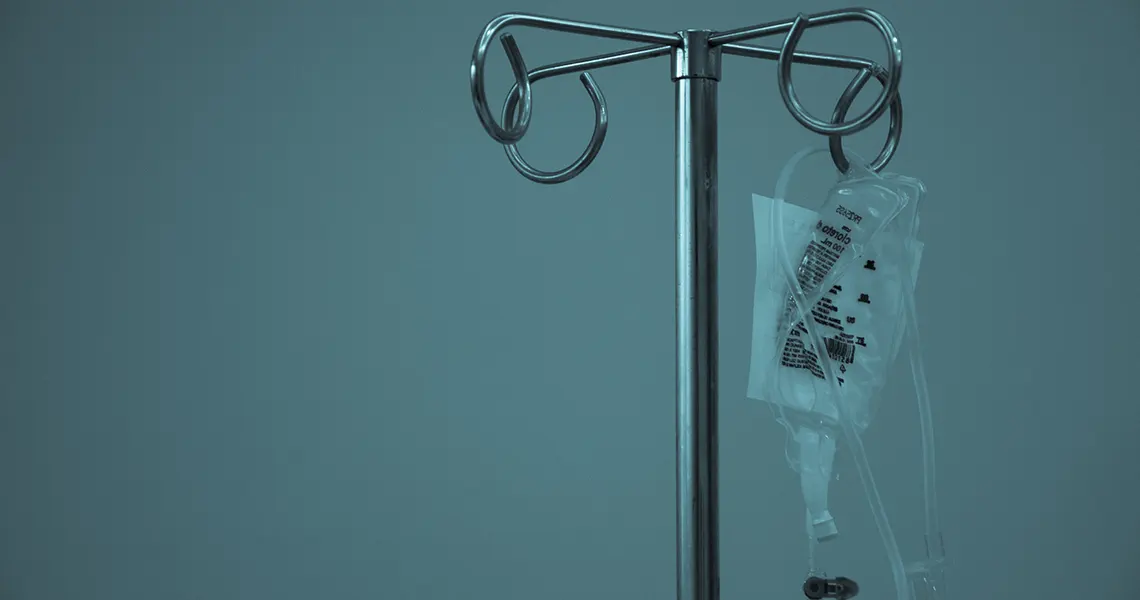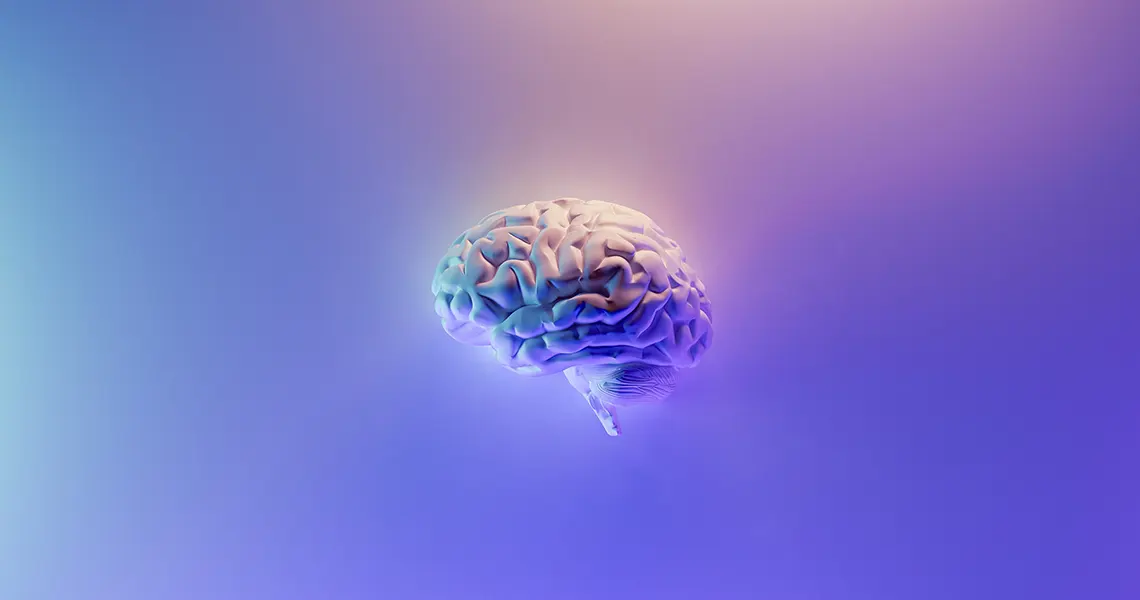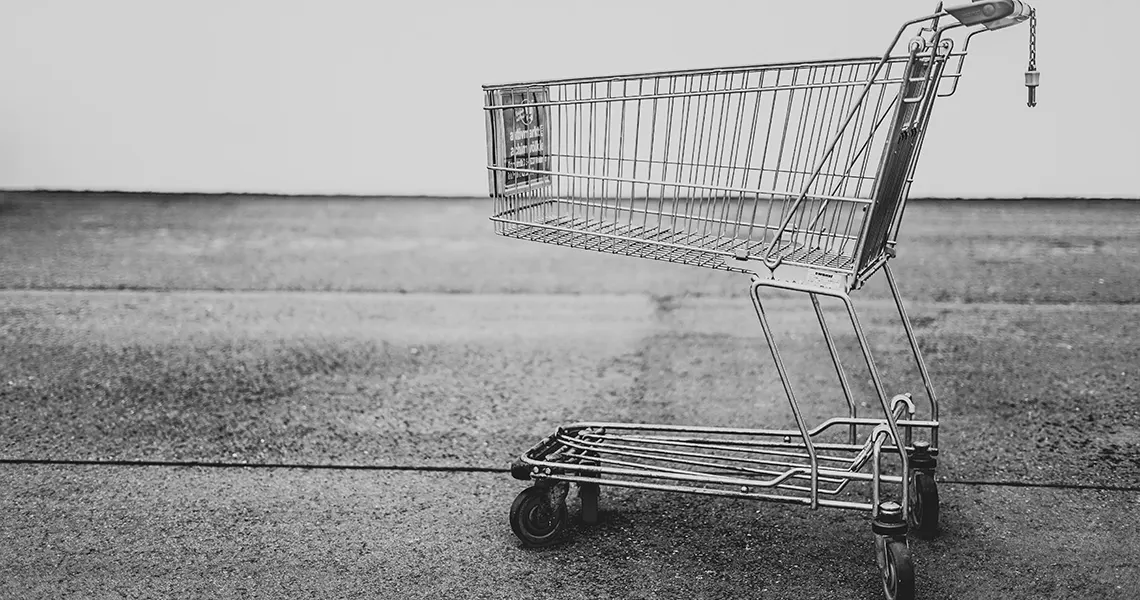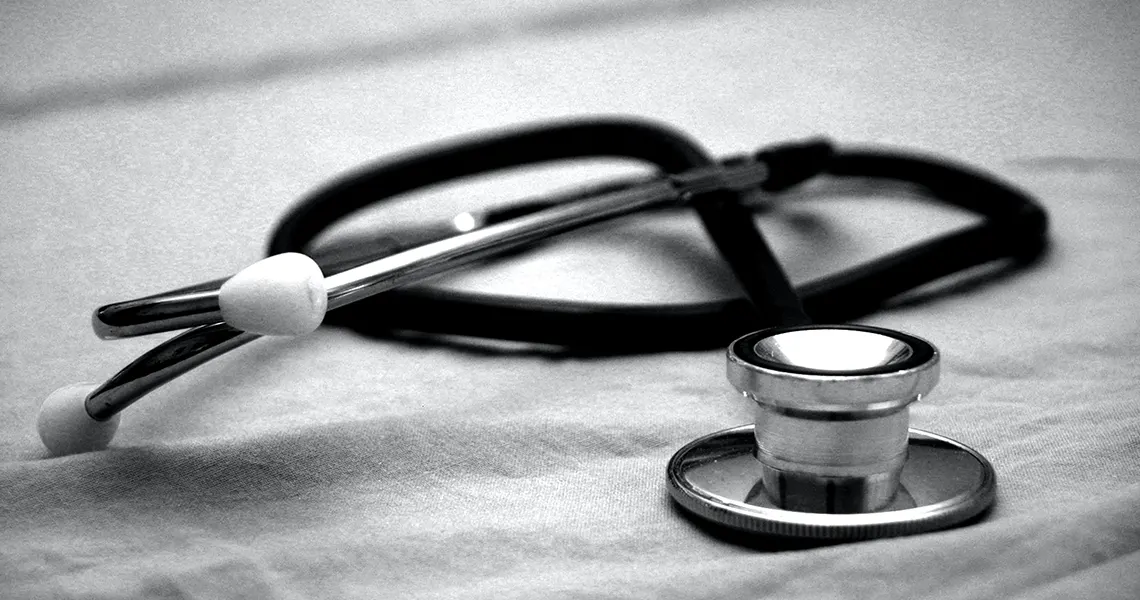
Can you overdose on CBD oil?
Legal CBD products in Australia have been shown to be mostly entirely safe for consumption. Much of the worry about CBD centres around its relation to THC. Both are compounds of the hemp plant. The main difference is that THC is psychoactive.
It can cause the feeling of a ‘high’ and can be overdosed on with extreme dosages. It should also be noted that some individuals are likely to be particularly sensitive to the compound. The same goes for CBD (cannabidiol).
Although safe, the compound does risk inducing adverse side effects.
The most widely reported include fatigue, drowsiness, nausea and diarrhoea. Not exactly comfortable, but far from most people’s idea of an overdose.
This of course doesn’t mean that there’s no such thing as taking too much cannabidiol.
For safety’s sake:
- discuss dosage and THC content with your doctor
- work your way up from very small doses as per your needs
- carefully check the labelling of any CBD product.
That said, there remains a risk when consuming unregulated products.
In Australia, the government has applied strict quality standards that manufacturers must adhere to. This regulation is absolutely critical in protecting the user. Studies have identified serious problems with unregulated products sold online.
How much CBD is too much?

The potential relationship between cannabidiol dosage and toxicity has not been thoroughly explored. Most daily CBD doses sit between 5 mg and 150 mg. Most consumers are never going to experience anything near the severity of an overdose.
This even applies to doses of between 10,000 mg and 20,000 mg. The latter is considered a toxic dose but still cannot induce an overdose. That said, a bottle of CBD oil, for instance, only contains up to around 2500 mg.
Even at this level, most consumers would only experience typical side effects such as vomiting.
Remember that practically any substance could be considered toxic at the right levels. The body will begin to purge in these cases, but cannabidiol is not lethal.
The reason relates to how CBD works in the body. It collaborates with the endocannabinoid system.
This system is built up of chemical receptors throughout the body. In the case of, say, an opioid overdose, the opioid receptors in the brainstem are engaged.
The brain stem is responsible for the likes of your:
- heartbeat
- breathing
- blood pressure
- body temperate
This is why opioid overdoses are so very lethal. On the other hand, the brainstem has very few receptors for CBD to bind to. As a result, cannabidiol cannot induce these life-threatening effects.
How to get and dose CBD

Spend any amount of time online shopping and you’ll run into a host of CBD products. Whether they be oils, vapes, creams or edibles. The more we learn about cannabidiol, the more retailers find new ways to sell them and market their supposed medical benefits.
However, most of these products are entirely unregulated and (as we previously alluded to) present some serious potential dangers.
That’s not only because regulators have strict rules about THC content. Unregulated manufacturing poses far greater risks of other contaminants making their way into the product. There are many ways that unknown compounds could affect the user negatively, especially at high doses.
That’s why cannabidiol products are classed as Schedule 4 and Schedule 3 drugs. They are only available via doctor’s prescription, with some low-dose products soon available over the counter.
If your doctor does prescribe you CBD, the dosage will depend on:
- the condition you’re trying to treat
- your medical history or any medications you’re on
- your weight, body fat percentage, age, height and diet
It’s always recommended to start at low doses of around 5 – 10 mg of cannabidiol. This makes it easier to measure its potential benefits and avoid side effects.
What kinds of CBD are there?

Cannabidiol products are classified by whether or not they contain THC. Remember that, while THC is generally well-tolerated, it does present a far higher risk factor than CBD.
The classifications are:
- full-spectrum CBD
- broad-spectrum CBD
- isolate CBD
Full-spectrum products contain THC at up to 03.%. Broad-spectrum products contain CBD in trace amounts. Isolates do not contain CBD at all.
As long as you purchase CBD legally, from a reputable source and with a doctor’s prescription, your product should contain what it says it does. This does not hold true for unregulated products. Your doctor is best equipped to advise you on whether or not you should be consuming THC.
It is interesting to note that some research indicates that CBD and THC might go well together. The idea is that they may enhance each other’s potential medical benefits. This is called ‘the entourage effect.’ On the other hand, there are also indications that THC might dull cannabidiol’s effects.
Summary on CBD and overdosing
CBD can indeed cause harm at certain doses. However, it would require some pretty extreme consumption to get there. Most CBD products don’t contain even nearly enough to reach remotely toxic levels.
Of course, your mileage may vary. This just means that one should be careful about where they source their cannabidiol. One should also trust no one’s advice other than their doctor’s.
It’s safe to say that no dose of CBD (even the most extreme) can cause a fatal overdose the way opioids do. It simply does not have access to the chemical receptors that would enable this. You should still be mindful of dosing responsibly to avoid negative side effects and better treat whatever condition you’re hoping to address.
Those averse to THC should avoid full-spectrum products for safety’s sake. Though they contain THC in very small amounts, they may be able to induce intoxicating or negative effects at high doses.
If you or someone you know does suffer extreme adverse effects resulting from unregulated CBD usage, contact emergency services immediately.
